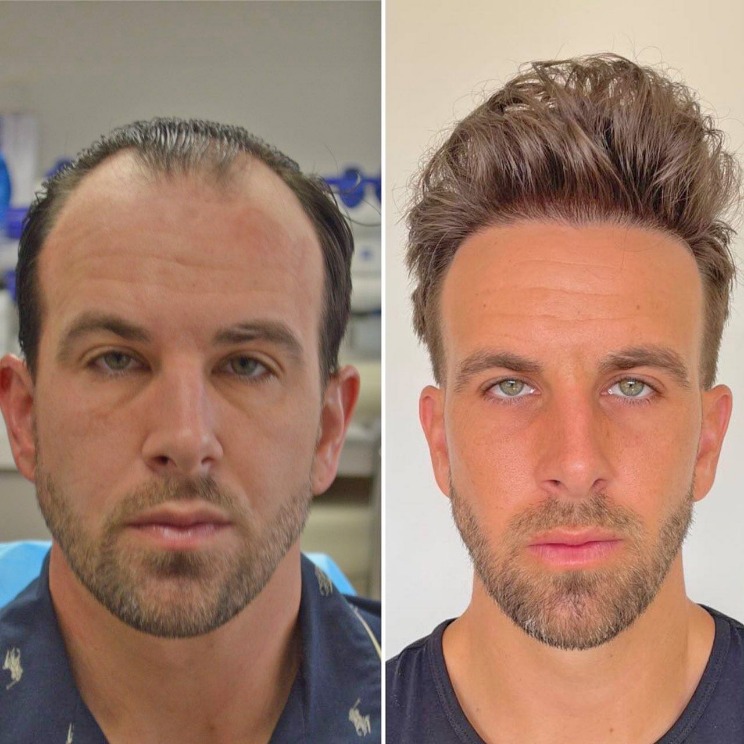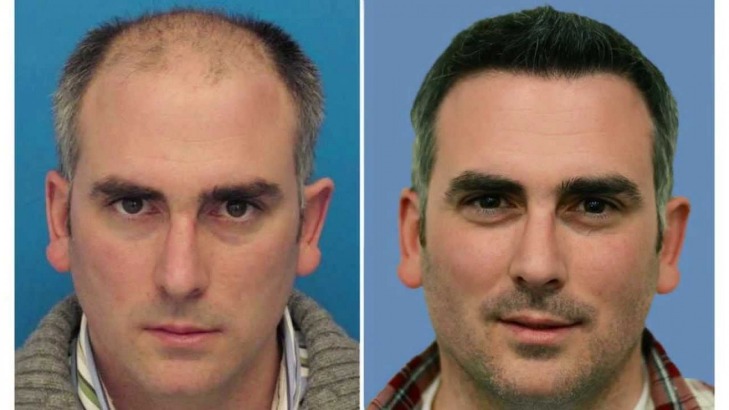Advanced techniques such as follicular unit extraction (FUE) and follicular unit transplantation (FUT) have enhanced success rates by providing natural-looking results with minimal scarring. A successful hair transplant procedure, supported by the optimal number of grafts, can be a life-changing experience, restoring hair and confidence. Understanding the factors affecting graft counts and consulting with an experienced hair transplant surgeon are paramount to achieving the best results.
While hair restoration can have a big price tag, it does offer a permanent fix to the problem. You might worry that you’ll be perceived as vain or superficial if you spend thousands on hair restoration.
Some patients choose to have multiple procedures in order to increase their hair density. Patients are considered ideal if they have enough healthy hair growing somewhere on their heads that doctors can transfer follicles to the affected area. You will also need to have the ability to grow hair on the site you’ve selected. This means heavily scarred scalp might not be eligible for effective transplant.
Regain your hair and self confidence again with Hair Transplant Leicester, a top rated UK clinic. If so, plan for lost wages as well as help at home, childcare, pet care, and meal deliveries. Read more about haartransplantation türkei kosten here. Here are some helpful things to know if you’re considering the procedure, including costs. Regain your hair and self confidence again with Hair Transplant Edinburgh, a top rated UK clinic.
Recovery Costs
And one of the best ways to keep your hair healthy is to just let it be. You can let your hair grow out into an afro, let your natural locks fall, or twist your hair while it grows.
These surgeons are well-versed in both FUE and FUT techniques, allowing them to tailor the approach based on each patient’s specific needs. Fortunately, advances in medical technology have made hair transplants a popular and effective solution for those seeking to regain their lost locks. However, one common question that often arises is, “How long does it take to see results after a hair transplant?
How Getting a Hair Transplant Actually Works
Local anesthesia may be administered to ensure patient comfort during their procedure by numbing the area and alleviating any pain or discomfort they might feel during this phase. When there is an extended delay between harvest and transplantation, harvested follicles may be temporarily stored at specific temperatures to preserve viability until transplantation occurs. Recessing hairlines is one of the first telltale signs of illness or mental stress. Be cautious of any black-market or international clinics without proper accreditation. With this in mind, here are some of the key questions you’ll need to think about when trying to find your ideal clinic. Within a week or so, you should be able to gradually resume your normal, non-strenuous day-to-day activities. However, you should steer clear of any intense physical activities for at least two weeks.
It is also normal for the transplanted hair to fall out within two to three weeks. Furthermore, FUT is the current name for hair transplant surgery that uses microscopes for slicing the donor tissue and graft dissection. FUT is also known as Strip Harvest Surgery, Follicular Unit Strip Surgery (FUSS), and Microscopically Dissected Elliptical Excision (MDEE). Strip Harvest Surgery refers to the act of removing a strip of tissue from the donor zone, placing it under a microscope, and separating the follicular units into their naturally existing groups. A thin linear scar is left behind after this sort of hair transplant treatment, however, it’s not outrightly visible as your hair covers it. Lastly, the hair follicles are inserted into the openings created into the scalp thus completing the FUE hair transplantation.
For those seeking to undergo a hair transplant, the price of this restoration can vary significantly, akin to a complex mosaic of variables. The hair on the back and the sides of the head is then taken and transplanted to the front. Yates says this hair is more stable, and it’s genetically different enough to be resistant to thinning.
This is limitation is necessary for the viability of hair grafts and safety of the patient. Even though it is technically possible to transplant as many grafts as needed in one session, transplanting more than 5000 grafts is not recommended. The condition and capacity of the donor area determines the number of hair gafts that can be transplanted. Generally speaking, up to 8000 hair grafts can be transplanted in multiple sessions.




